I recently got the opportunity to sit down and conduct an interview with Philippe Thibault over Zoom. Philippe is a VFX artist and co-founder of Folks VFX, a Canada-based visual effects studio. With his work at Folks VFX, Philippe has supervised VFX effects on numerous projects across television and film. Most recently, he worked with Disney to bring the world of The Mysterious Benedict Society to the screen. With his team, he seamlessly built the digital town of Stonetown as seen prominently in the first episode of the series.
This interview has been edited for clarity and length. For our full, uncut discussion, check out the video at the bottom of the page!
Read: Interview: Director Stephen Anderson Talks ‘Monsters at Work’, Upcoming Book, and More (Exclusive)
Broadly speaking, what does a regular day of work look like for you?
Work for the effects supervisor will depend on how busy you are and what stage you are in on the particular show. In the case of Benedict, we first got the scripts with the producer, and then we did the breakdowns to try to evaluate what could be VFX and what should be a shot in-camera. That is the first draft of where the discussion starts with the clients. After that, we get into concepts and try to help the client visualize what they want to see. Sometimes they have their own concept artists and sometimes you provide them. And then we can get into storyboards as well, depending on the complexity of the sequence. It also depends if we are just a vendor on the show. In the case of Benedict, I was the sole VFX supervisor of the show and I hired someone to help me supervise the set. Then you get into prep work before the set starts and you go on location to get an idea of where things should be shot. Then you meet with the production designer and the guest director and that’s how we start the process. And then we start shooting the show and once it starts shooting, you get another script and this starts over and over and over for each episode. That’s the big difference between movies and a series. Working on a series like Benedict is like making eight little movies.
Were you familiar with the books/source material before beginning production?
I hadn’t read the books before but as soon as I got involved, I read the first one because that’s one of the things I always try to do. I did the same thing when I got involved in Shadowhunters. It’s important when getting to do a show that a lot of people know about. You have to respect what’s been done and where it’s coming from, and I know it was very important for Todd [Slavkin], Darren [Swimmer], Phil [Hay], and Matt [Manfredi] and it became very important for me. Since day one, it was always about respecting the book and we were very much aware tried to give it our utmost respect.
What was something specific that you did on this production that you had never done before?
As you might’ve noticed, the show is very much influenced by a Wes Anderson kind of style; very static and symmetric camera. All the points of view and everything are done in that respect. I guess it’s not something I haven’t done, but it’s something different. The typical visual effect has a lot of moving camera action and dragons and stuff like that. In this show, the VFX better be good because you have time to notice it. I’m very pleased that so far, I haven’t read anything about VFX in the show. That’s the best compliment for me because the VFX was there to tell this story. I think that’s probably the biggest difference from anything I’ve done before because the VFX here are completely invisible. We’ve worked a lot with, I wouldn’t say in-your-face VFX effects, but the effects that you kind of know it has to be VFX because it doesn’t exist.
Can you talk about the digital city of Stonetown that you created for the series?
Yes, it is entirely digital. We shot a part of a Vancouver street there, just for when the camera reached the street to cars. But even on that street, there’s fake cars and fake people, fake signage. It’s all VFX. So the first part is digital and then you land on the street, which is half digital, half reality. And then at the end, we turn to the right and that’s another plate that we shot at another location. The back of that is all digital and the front of it is a mix of two different plates which is always challenging because they are never shot at the same time of the day and so the sun doesn’t exactly match. On the first day, we had a big hundred-foot crane and the first part was done with a drone. So attaching to that was a real challenge. We had a bit of a cheat there. We had to build a wall and redo the street completely. For that last part when we arrive at the orphanage, we kept what’s around the kids and a bit of the ground, but everything around, even the trees, we had to redo to be able to have a seamless, smooth camera.
Is there a particular effect that you find especially challenging?
It really depends on the show. On Benedict, that big shot, for example, was challenging, and the fact that Stonetown was big with so many buildings. But, sometimes it’s just a shot that’s got a weird smoke and a weird light and you need to integrate something that was not shot or not planned for that. You have to find a solution around what would be the real way of doing that. Sometimes those are the hardest shots. That first shot stitching the last plate with the other plate was really difficult. People would notice because the camera turns, goes down this tree, and there’s a gate there and the orphanage and you have to find the right speed at which you’re going to accelerate the end of the move of the first camera because that camera stops at one point. Then the other one starts at a pause and then accelerates again. So we have to find the right place where you tie these two things. These are the things that no one will really notice unless it’s really not working.
You have been in this career for a long time. How has your job changed/evolved over the years?
The format has changed, that’s for sure. It used to be that HD was big. It’s funny because every time the computer gets better and more powerful, the image gets bigger. And there used to be a huge difference between movies and TV and because TV was a smaller format, you could get away with a lot of things that were not completely perfect because nobody was going to notice. Not that you were sloppy or anything, but sometimes you had more shots with less time and less budget so you had to get away with a few things and it still looked good for the average viewer. But now working on a feature and a primetime series, it’s the same thing. Every pixel has to be perfect. The tools have evolved and everything is more powerful. There’s more we can do. There are things that are easier to do now. But mostly it’s just that the image is bigger and the quality is going to be better at all times, TV or movies.
What is one thing about your work on this show that you are particularly proud of?
I think the realization of Stonetown and making it look the way it looks with as many buildings and with as much variety as we did. We created 30 different districts and they all have different fields. We had to R&D and design a software basically to be able to have so much variety in there. So I think that’s the thing I’m the proudest of. We don’t have the time that sometimes you get to do a feature when you do a TV show, although Benedict was great for that, as the post schedule for us was very good. But building such complexity was a big challenge. I think that’s what the team should be the proudest of. They really came up with amazing ideas to achieve this and I know everybody involved on the show on the production side are very happy with the result as well. So I’m looking forward to season two. It hasn’t been announced yet, but I’m hoping to work on it!
Thank you to Philippe Thibault for taking the time to talk with us and be sure to check out The Mysterious Benedict Society, now streaming on Disney+!

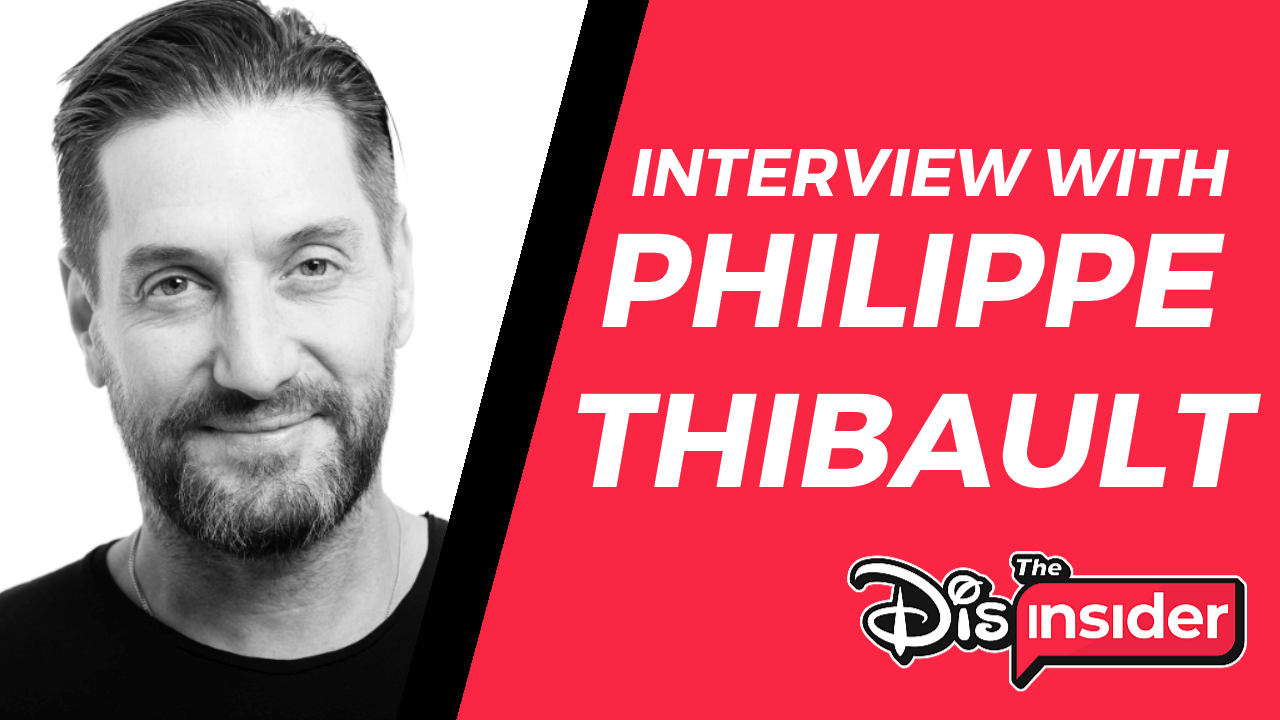
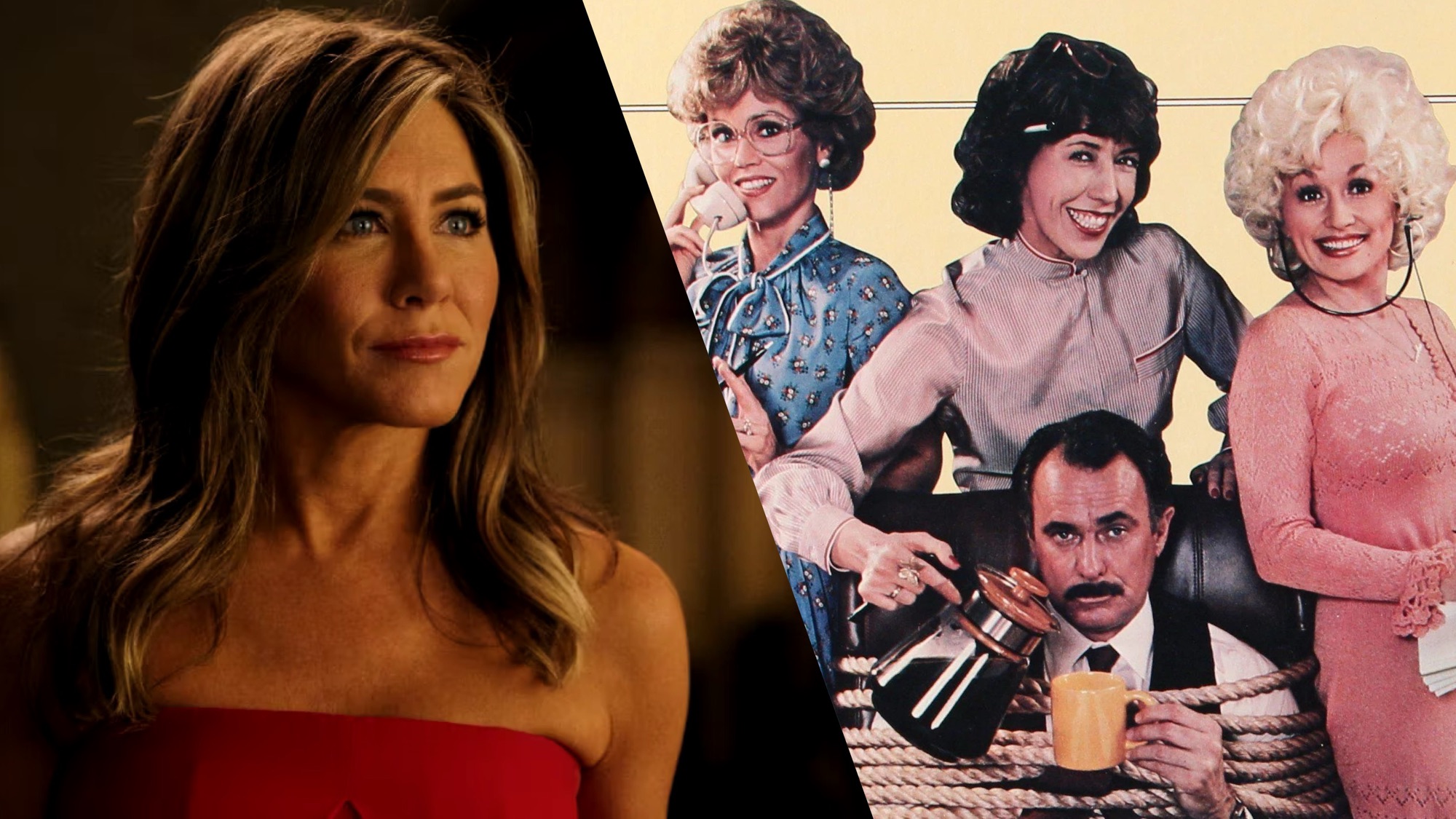
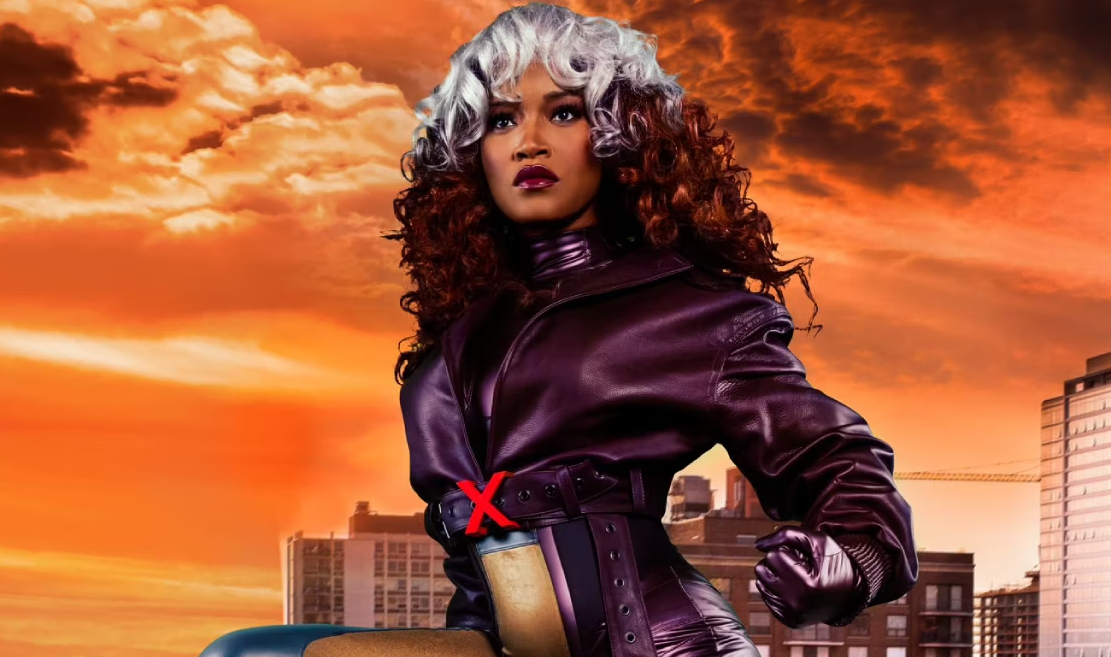
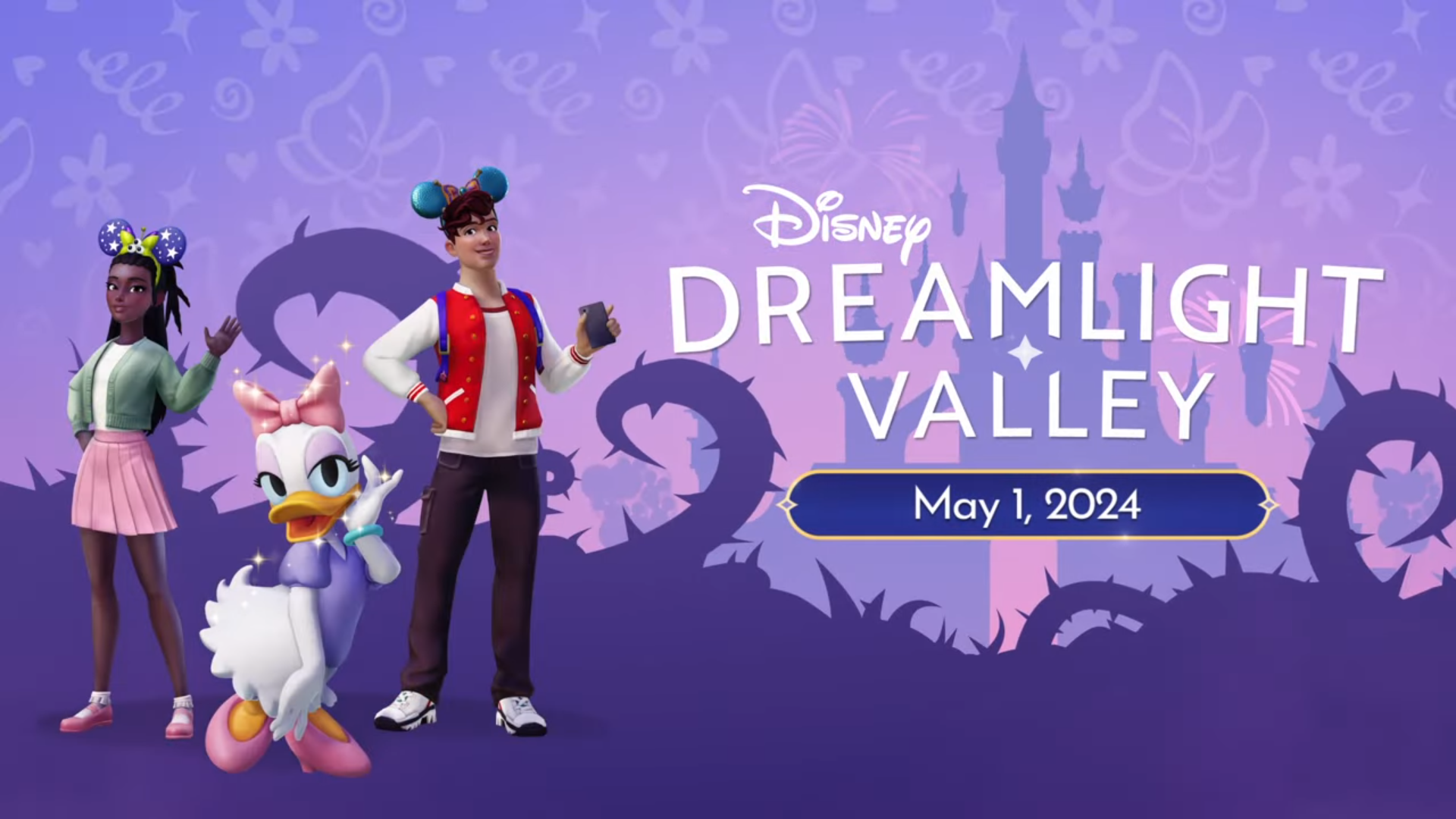
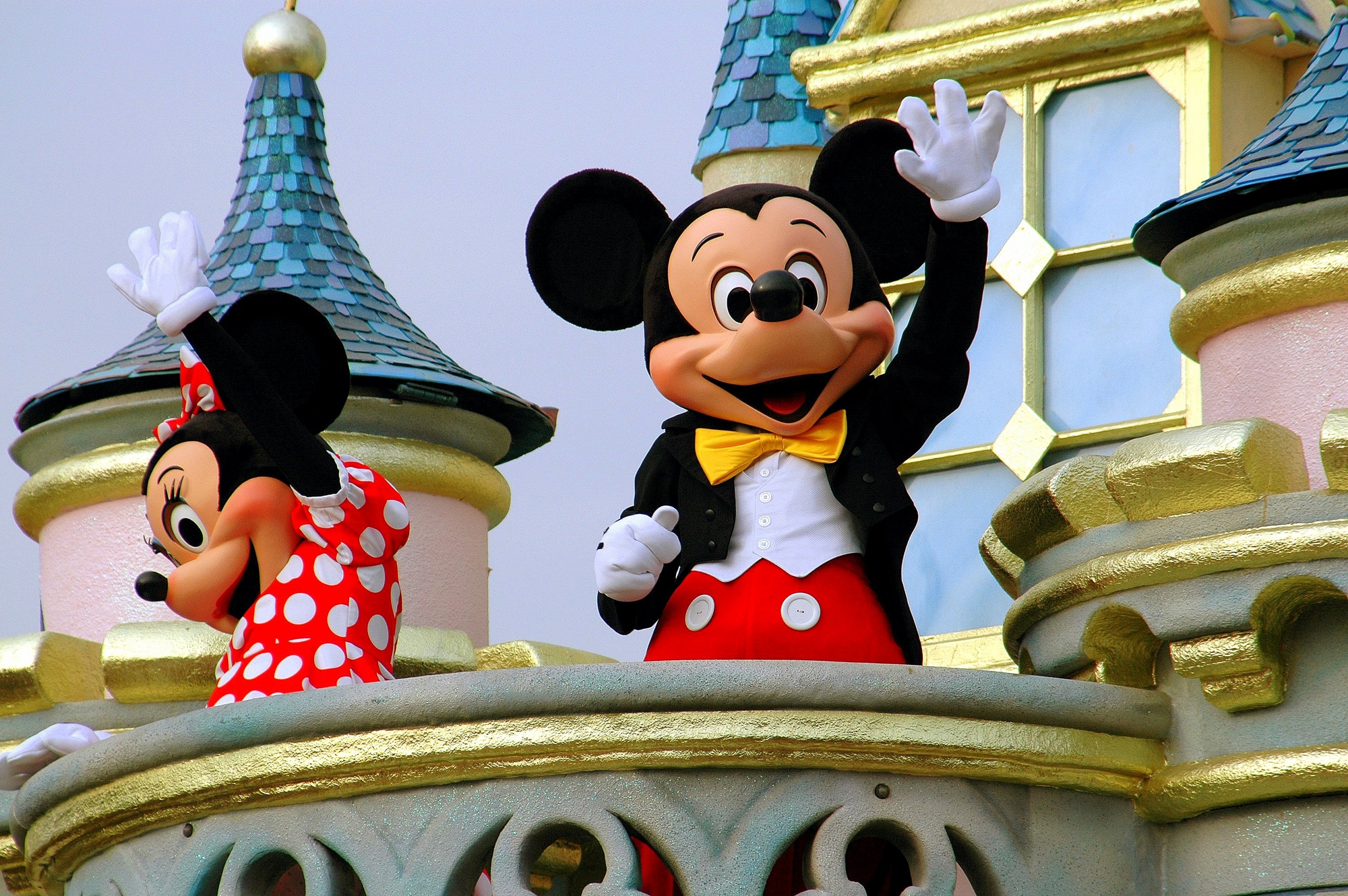

Leave a Reply